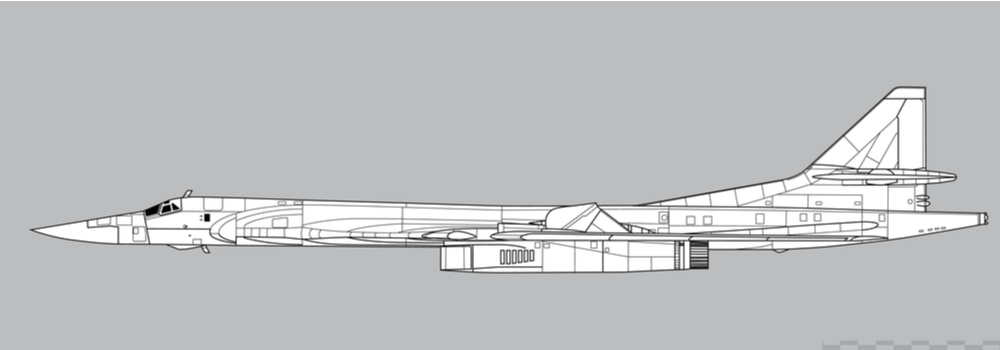Demand for supersonic jets is growing. But before we see the likes of the Concorde in the skies again, we need a place to test the next generation of supersonic aircraft. It’s looking like that test site might very well be a 770-nm corridor in Kansas that runs from Garden City, KS to Pittsburg, KS.
The Kansas Supersonic Transportation Corridor (SSTC) is the result of a new agreement between the Kansas Department of Transportation and the Federal Aviation Administration (FAA) and could be the testing grounds for Mach 3 aircraft as soon as 2024.
Supersonic test ground
Supersonic flight has been possible for decades. Ultimately, however, a combination of factors like immense noise and environmental pollution conspired to kill the first foray into supersonic jets. Today, several companies hope to resurrect the supersonic jet as a quieter, more environmentally friendly offering.
The deal struck between the FAA and the Kansas Department of Transportation (KDOT) offers a way for supersonic developers to test their planes in a controlled, supervised environment. Observers from the FAA, KDOT and various industry and academic groups like Wichita State University’s National Institute of Aviation Research will monitor flights, collect noise data, and plot the road ahead for supersonic flight.
Supersonic contenders like Aerion’s AS2, Boom’s XB-1, and Lockheed Martin’s X-59 will be among the first to break in the new corridor as these aviation leaders scramble to bring their jet to market quicker than the competition.

A host of new ideas
Besides testing individual supersonic jets and their speeds, the SSTC will provide room for companies to experiment with burgeoning technology. NASA and Lockheed Martin will use the SSTC to test their so-called “quiet” supersonic technology. Aerion, the developer of the AS2, hopes to test their Boom Cruise technology, which disperses the ill effects of a sonic boom before they reach the ground.
Celebrating the decision, the General Aviation Manufacturers Association president and CEO Pete Bunce declared:
“The Kansas Supersonic Transportation Corridor will assist in the assessment of sound mitigating structural and engine designs as well as state of the art atmospheric acoustic modeling that eliminates the sonic boom and shapes the noise signature of an aircraft traveling faster than the speed of sound to a very low volume rumble. The validation of these technological breakthroughs through the use of sophisticated ground acoustic and telemetry sensors will provide the necessary data to assist global regulators and policymakers in modernizing supersonic flight policies.”
More than going fast, supersonic jet makers of the future are working hard to be responsible in achieving these speeds. The Kansas corridor allows them to experiment with their responsible technology.

One leap forward
When the world’s most famous supersonic jet, the Concorde, made flights, travelers relished the speed. They also complained that it was noisy and uncomfortable. The sonic boom wasn’t just loud inside the jet. The tremors it created could be felt on the ground. Those undeniable drawbacks eventually saw the end of the Concorde and supersonic jets like it. The SSTC represents a ray of hope for people still awed by the magic of supersonic flight.
When it is in full swing, the SSTC will provide a means of testing and developing bold advances in the field of supersonic flight. Best of all, the joint effort allows regulators a way to control the potential harm the rebirth of supersonic flight may have otherwise caused. It’s a win-win all around.
